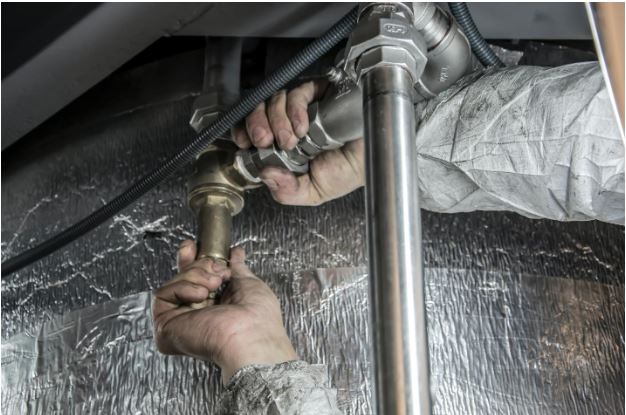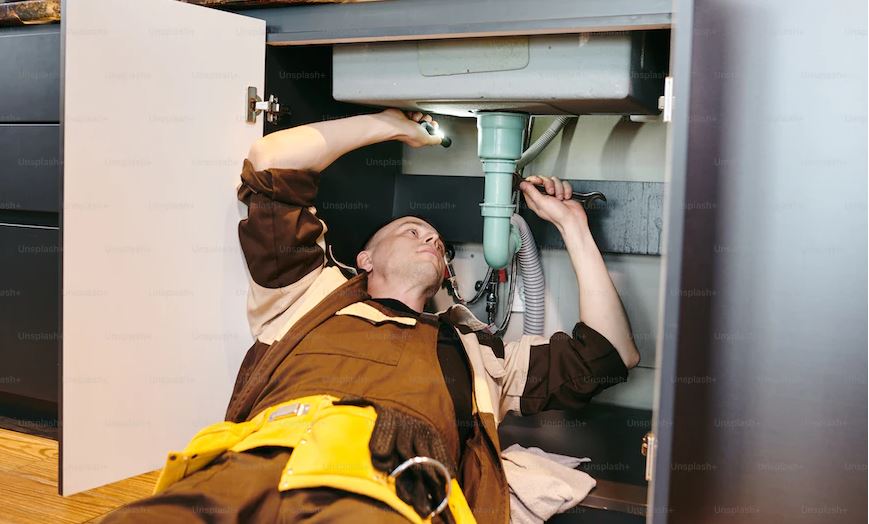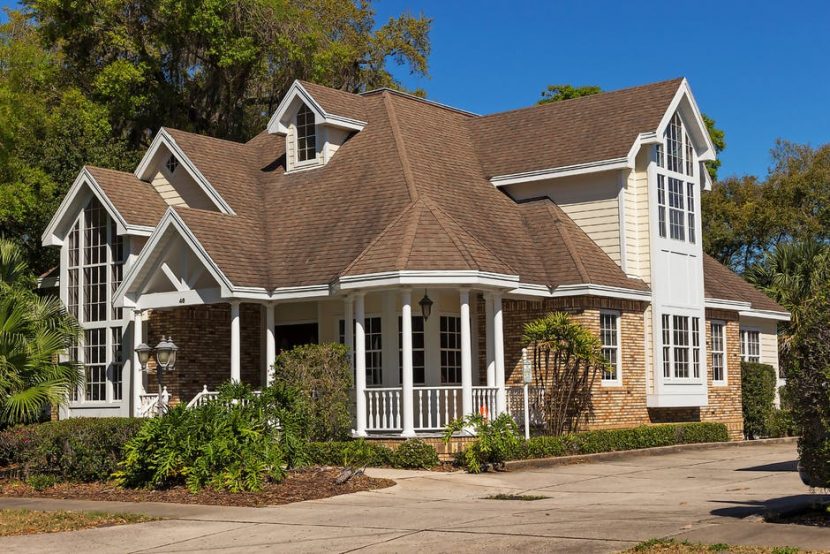Is it a Plumbing Emergency? How to Recognize and React to Common Plumbing Issues
Are you tired of feeling helpless when faced with plumbing problems? Whether it’s a leaky faucet, a clogged drain, or a burst pipe, knowing how to recognize and react to common plumbing issues can save you time, money, and unnecessary stress. In this guide, we will take you through the telltale signs of a plumbing emergency and provide you with expert tips on how to handle them effectively.
Don’t let plumbing issues disrupt your daily routine or cause extensive damage to your home. With our guidance, you’ll be equipped with the knowledge to identify potential problems early on and take the appropriate actions to prevent further complications.

Common plumbing issues and their severity
Emergency plumbing issues can range from minor annoyances to major emergencies. Knowing the severity of each problem will help you determine the appropriate response. Here are some common plumbing issues you may encounter:
- Leaky faucet: A leaky faucet may seem like a small inconvenience, but it can waste a significant amount of water over time. While not an emergency, it should still be addressed promptly to save water and prevent further damage.
- Clogged drain: A clogged drain can be a nuisance, causing slow drainage or standing water in sinks, showers, or tubs. While not an immediate emergency, a severely clogged drain can lead to more significant issues if left unattended.
- Burst pipe: A burst pipe is a serious plumbing emergency that requires immediate attention. It can cause extensive water damage to your home and should be addressed as soon as possible.
- Sewer line backup: A sewer line backup can lead to foul odors, slow drains, and even sewage backup in your home. This is a critical plumbing issue that requires immediate action to prevent health hazards and further damage to your property.
With understanding the severity of each problem, you can prioritize your actions and allocate your resources accordingly. Now, let’s move on to how to recognize a plumbing emergency.
How to recognize a plumbing emergency
Not every plumbing issue requires immediate action. However, it’s essential to recognize the signs of a plumbing emergency to prevent further damage and costly repairs. Here are some key indicators that you may be facing a plumbing emergency:
- Flooding: If you find standing water or flooding in your home, it’s a clear sign of a plumbing emergency. This could be due to a burst pipe, sewer line backup, or other significant plumbing issues. Act swiftly to minimize the damage and contact coquitlam plumbers immediately.
- Foul odors: Unpleasant odors coming from your drains or toilets could indicate a sewer line backup. This is a serious issue that requires prompt attention to prevent further damage and potential health hazards.
- Lack of water: If you suddenly experience a complete loss of water throughout your home, it could be a sign of a major plumbing problem, such as a burst pipe or a water main break. Contact your water provider to rule out any external issues, and if the problem persists, call a plumber.
- Visible leaks: Leaks that are larger than a small drip or are causing significant damage should be considered a plumbing emergency. This includes burst pipes, major leaks from appliances, or water gushing out from a fixture. Turn off the main water supply and contact a plumber immediately.
- Gurgling or bubbling sounds: If you hear gurgling or bubbling sounds coming from your drains, it could indicate a blockage in your sewer line. This should be addressed promptly to prevent sewer backups and potential damage to your plumbing system.
By recognizing these signs, you can take immediate action and mitigate the potential damage caused by a plumbing emergency. Now, let’s dive into the steps you should take in a plumbing emergency.
Steps to take in a plumbing emergency
In a plumbing emergency, it’s crucial to act quickly and calmly to minimize the damage to your home. Follow these steps to handle a plumbing emergency effectively:
- Turn off the main water supply: The first step in any plumbing emergency is to turn off the main water supply to your home. Locate the main shut-off valve, usually located near the water meter or where the main water line enters your home. Turning off the water supply will prevent further water damage while you address the issue.
- Assess the situation: Once you have shut off the water supply, assess the situation to determine the severity of the problem. If it’s a burst pipe or major leak, you may need to evacuate the affected area and contact a professional plumber immediately. If it’s a minor leak or clog, you can proceed with temporary measures to contain the issue until a plumber can address it.
- Call a professional plumber: In a plumbing emergency, it’s essential to contact a professional plumber as soon as possible. They have the expertise and equipment to handle the situation safely and effectively. Provide them with a clear description of the problem and any relevant details to expedite the process.
- Take temporary measures: While waiting for the plumber to arrive, you can take temporary measures to mitigate the damage. For example, if you have a burst pipe, use a bucket or towels to collect the water. If you have a minor leak, use plumber’s tape or a temporary patch to contain the water until the plumber can fix it permanently.
- Document the damage: It’s a good idea to document the damage caused by the plumbing emergency. Take photos or videos of the affected areas for insurance purposes. This will help you file a claim and ensure you receive proper compensation for any repairs or replacements required.
Remember, safety should always be your top priority in a plumbing emergency. If you feel unsafe or overwhelmed by the situation, evacuate your home and call emergency services for assistance. Once you have taken the necessary steps to address the immediate issue, you can focus on preventing future emergencies.
Dealing with burst pipes and leaks
Burst pipes and major leaks can cause significant damage to your home. Acting swiftly can help minimize the damage and prevent further complications. Here’s what to do in case of a burst pipe or major leak:
- Turn off the main water supply: As mentioned earlier, the first step in any plumbing emergency is to turn off the main water supply. Locate the main shut-off valve and turn it clockwise to stop the flow of water to your home.
- Open faucets to relieve pressure: After shutting off the water supply, open the faucets in your home to relieve any remaining pressure in the pipes. This will help minimize the amount of water that continues to leak from the burst pipe or major leak.
- Collect the water: If water is pooling or gushing out from the burst pipe or leak, use buckets, towels, or any available containers to collect the water and prevent further damage to your home. Empty the containers regularly to avoid overflowing.
- Contact a professional plumber: In the case of a burst pipe or major leak, it’s essential to contact a professional plumber immediately. They have the expertise and equipment to repair or replace the damaged pipe and ensure the integrity of your plumbing system.
- Document the damage: As mentioned earlier, document the damage caused by the burst pipe or major leak. Take photos or videos of the affected areas for insurance purposes. This will help you file a claim and ensure you receive proper compensation for any repairs or replacements required.
Remember, safety should always be your top priority when dealing with burst pipes or major leaks. If water is coming into contact with electrical outlets or appliances, turn off the electricity at the main breaker before attempting to address the issue. If you are unsure or feel unsafe, evacuate your home and call emergency services for assistance.





Pingback: What You Should Know About the Different Types of Drainage Systems